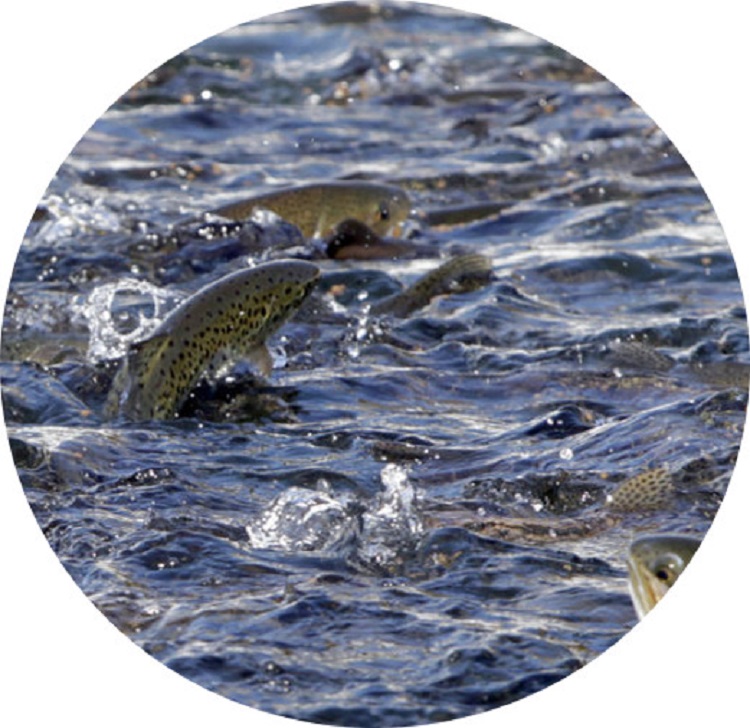"Benefit" and "harm" of fertilizer and water to shrimp culture
Double-edged sword. Fertilizer and water have "benefit" and "harm", which is a double-edged sword. Good management will help you succeed in raising shrimp, and bad management will cause you to fail. Only by understanding the advantages and disadvantages of fertilizer and water can we develop our strengths and avoid our weaknesses, control the water quality and control the situation of raising shrimp.
Solubilize oxygen. The function of opening the aerator during the day is not to increase oxygen, but to make the water convective up and down, and the dissolved oxygen is evenly distributed
At the same time, the slow flow of water is to create an environment similar to natural seawater, which is conducive to the growth of shrimp. In addition, opening the aerator in the daytime is also conducive to algae reproduction and water quality stability.
Stabilize water quality. Because algae play an important role in oxygen supply, absorption and complexation in the material cycle of water body,
Therefore, algae with good growth can significantly buffer and degrade pH value, ammonia nitrogen, nitrite, hydrogen sulfide and heavy metals, and can effectively avoid the ups and downs of water quality indicators.
For shelter. Because shrimp often shelled, especially need a safe environment, too clear and transparent water is not suitable.
Fertilizer and water can not only increase turbidity, but also reduce transparency, prevent enemies, weaken solar radiation and slow down the change of water temperature, which are very important for the safety and habitat of shrimp.
For natural bait. Because algae contain chlorophyll, they can use the light and heat of the sun for photosynthesis and provide natural bait for shrimp, which is also very important for the healthy growth of shrimp.
However, fertilizer and water also have some "disadvantages",
Lack of oxygen at night. Fertilizer and water increase oxygen consumption at night, which is easy to cause hypoxia at night. Fat and water are better than those without fat and water
The water body is more likely to be anoxic at night. The thicker the algae during the day, the more likely it is to be anoxic at night. In the long run, it will be in anoxic or sub anoxic state.
Change stress. Because algae growth is closely related to weather, fertilizer, oxygen and other factors, algae will change with the changes of these factors every day.
Including the change to the good and the change to the bad, which will eventually lead to the decrease of dissolved oxygen, stress, the deterioration of sediment and water quality, and finally lead to the disease and death of shrimp.
2、 "Benefit" and "harm" of sludge at the bottom of pond
Sludge formation. In the process of aquaculture, with the growth of aquaculture time, the pond is gradually aging, and the excreta of aquaculture organisms, residual bait not eaten, organic matter left by the death of various organisms are accumulating.
Hazard mode. Bottom sludge is mainly released in a large area at night, causing harm to aquatic organisms, which is difficult to control. However, if it is released during the day and there is sufficient dissolved oxygen for decomposition, it will not cause harm.
Super self purification ability. Beyond the self purification capacity of the water body itself, these organics are difficult to decompose timely, fully and effectively, accumulate at the bottom of the pond and form sludge.
For nutrients. In fact, the sludge at the bottom of the pond is a great harm in aquaculture, but at the same time, it contains all kinds of organic matter and mineral elements, which are the nutrient elements required for the growth of various organisms in the water body.
Post time: Jul-26-2021






